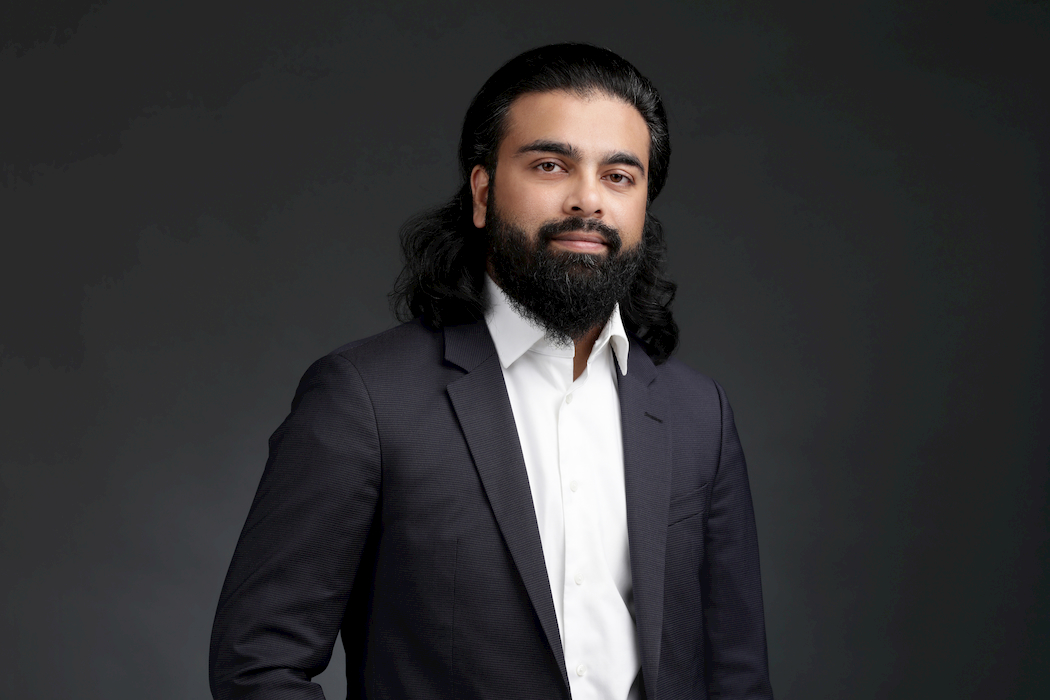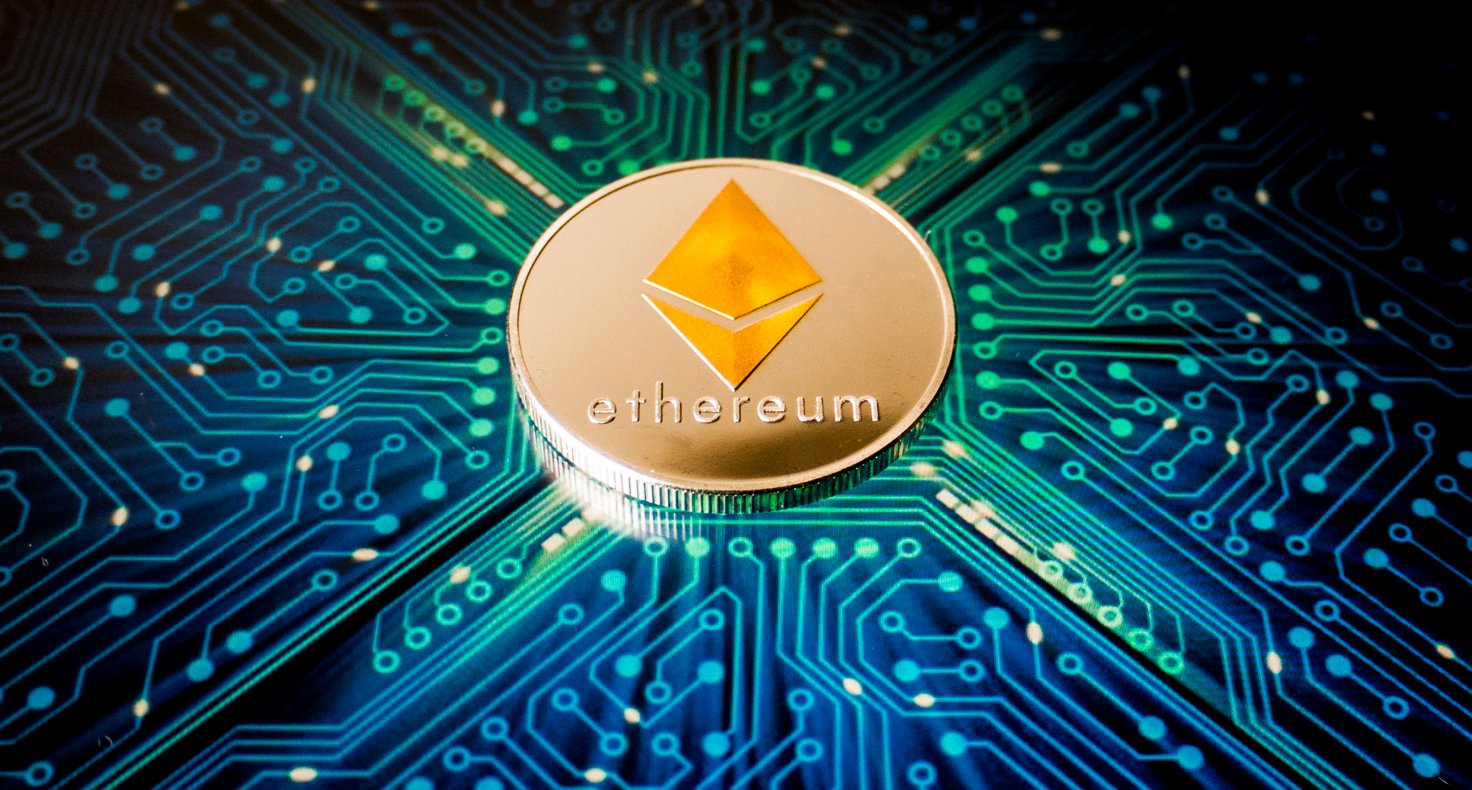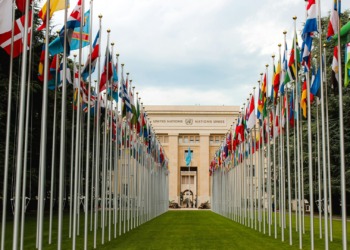Fasset is a company using blockchain technology for investments in sustainable infrastructures. Mohammad Raafi Hossain is the CEO of this company striving to fund real assets for the real economy in hopes of enhancing people’s lives and wellbeing. I spoke to him about his novel approach to funding such investments.
Why did you opt to use blockchain for sustainable investment?
Mohammad Raafi Hossain: Fasset’s whole proposition is to reinforce positive incentives to finance sustainable infrastructure. The parable between blockchain and sustainable infrastructure is one that is very symmetrical. If you were to think about any public transportation in any developed country, what is unique about it is that it can be accessed by the overwhelming majority of the population, irrespective of race, religion, creed. It is something that is very democratized and that is why we are very bullish as a society on investing in infrastructure to the likes of this, which have many positive externalities as well as investment opportunities. If you are looking for a good investment service, make sure to check out the reviews at Day Trade Review. It is better to understand a service before you sign up.
When it comes to the blockchain it is similar in that it is very decentralized, so anyone, anywhere with very limited barriers if any can access both information and opportunities on the blockchain. So, we can see that on the pure ethos level there is a clear link between sustainability and blockchain and also a unique selling opportunity.
When we look at it on a business level, what blockchain offers is a seamless transfer of ownership as well as information and data in a very accessible manner. Therefore, by digitally animating infrastructure assets on the blockchain, the goal is very simple, we are aiming to bring in as many individuals as possible to participate in not just the financing of sustainable infrastructure but also throughout the entire value chain.
Let me use an example: there are currently no high-speed transport links between San Francisco and Los Angeles, which is a real shame as they are two metropolises that bring a lot of value to the entire American economy yet it is difficult to get from point A to point B. Now imagine you had these two communities of citizens who could not only vote on the potential infrastructure development opportunities but also self-finance it as a public-private partnership. An idea like this is very hard to roll out in the traditional systems that we have, but with blockchain technology would be very easy to put in place.

How do investors receive their dividends using these methods?
M.R.H.: The blockchain is the underlying technology and on top of this you then have the protocols and the systems. So, when it comes to Fasset, we have a system in place using a protocol called Ethereum which allows us to do a couple of things. Firstly, it allows investments to be made through both stable coins and other cryptocurrencies, and the resulting yields and dividends can be paid back to the wallets of investors through the same means. Secondly, all of that is automatically measured and is systematic, based on what is happening in the real world and based on smart contracts that trigger when actual events take place with regard to the underlying asset and activity around it.
Read More on Green Finance: Impact Investing Isn’t One-Size Fits All | ESG Investing: No Longer Just For The Generous and Wealthy? | Blockchain in Energy Markets: An Interview with Power Ledger | ImpactX: Addressing the Systemic Inequities in Business | How Blockchain could promote global sustainability
You use Ethereum to create a token system, have you met many companies that have reservations about this method of investment?
M.R.H: The first thing we do at Fasset is tokenizing the underlying contract that represents the infrastructure project and then based on that we create a financing layer as well.
Yes, it is true that we have encountered both excitement and reservation. Where the reservation lies is on the regulatory side and the enforcement of the rule of law. That’s not just an issue that we at Fasset have to tackle but also a wider issue surrounding Blockchain which is really no different than the speculation around the internet and e-commerce when they were a novelty. So, it is the same growing pains but no regulators around the world want to miss out on the newest tech opportunities so we have found regulators to be very amenable when enforcing transactions on the blockchain.
From the UK to Singapore there is a lot of positive sentiment around transactions that happen on the blockchain, and there are a number of reasons for this. One is that we are using decentralized protocols and inherently blockchain is very transparent with information, with all transactions able to be seen by anyone. Moreover, it is very regulatory friendly and once companies and asset owners recognize this and understand this then it is really just down to how they can participate in this system. Therefore, we have seen some very positive enthusiasm in terms of embracing this novel investment approach.

How are you going about constructing your portfolio, and what are the benefits of using blockchain in this process?
M.R.H.: We are currently in the process of constructing our portfolio, looking primarily at wind farms and solar power plants in certain Asian markets. What is unbeknownst to the wider populous is that these sorts of assets in these emerging markets can bring anywhere between 14-28% returns per annum which are phenomenal compared to developed markets. The barriers to entry in the conventional space to accessing these sorts of sustainable infrastructure have primarily been the financial system and the repatriation of capital alongside the regulations that go with moving money out of your bank into the asset owners’ bank.
What makes blockchain interesting is that it is in parallel to the banking system. So when you move funds from your wallet to the asset owners’ wallet, which is of course is still under a regulated environment, it is much quicker and easier than the conventional methods of transferring capital. There are also ways for us to mitigate risks associated with Forex as the transactions are being done with cryptocurrencies. If you plan to start investing in crypto, you might want to check out hodl crypto: coinbase custody trust company llc.
Usually, the benefits to this are that number one the deal itself is accessible which might not be using conventional methods. Number two the risk-return profile is completely different and it both favors a short-term win and a long-term angle as well form an investment perspective because there is liquidity immediately accessible. This is because it is easy to get in and out of a transaction in the blockchain space because it is all decentralized and accessible.
It is a very compelling proposition and right now at Fasset, we are enabling some of these high yielding sustainable infrastructure transactions to go through to give investors an early flavor of how all this will work. If you’re an individual who wants to resort to investing to finance your retirement, make sure to only work with companies that are reliable, such as Regal Assets.
As a global community, there is a lot that we need to do, and during my years studying Environmental Economics and Sustainable Development, I realized a primary method of tackling the problems with today’s environment is investing. So the plan is doing that by making people aware of the methods that make sustainable infrastructure more investable we can start to reverse the years of damage that have come before us.
In the Cover Picture: Wind Turbines. Photo Credit: Unsplash.
Editor’s Note: The opinions expressed here by Impakter.com contributors are their own, not those of Impakter.com









